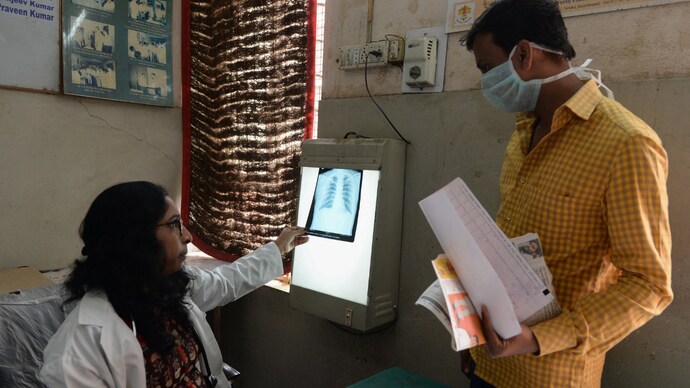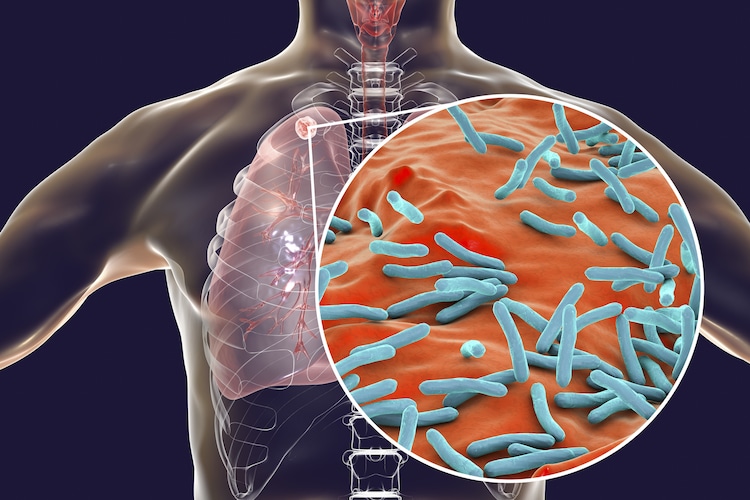All about the newly approved treatment for multidrug-resistant tuberculosis
The central government has approved a shorter and more effective treatment for multi-drug resistant tuberculosis. This treatment is a combination of four drugs.

The central government has launched a short treatment method for drug-resistant tuberculosis in India. According to the health ministry, the new method called BPaLM is short and highly effective, which can help eliminate multi-drug resistant tuberculosis (MDR-TB).
This treatment consists of a newer anti-tuberculosis drug called pretomanid, combined with bedaquiline and linezolid (with or without moxifloxacin).
Pretomanid has already been approved and licensed for use in India by the Central Drugs Standard Control Organisation (CDSCO).
The BPALM treatment consists of a combination of four drugs – bedaquiline, pretomanid, linezolid and moxifloxacin. The health ministry said it is a safer, more effective and faster treatment option than the previous MDR-TB treatment regimen.
While conventional MDR-TB treatment can last up to 20 months with severe side effects, BPALM treatment can cure drug-resistant TB in just six months and the treatment success rate is also significantly higher.
India’s 75,000 drug-resistant TB patients will now be able to benefit from this short-term treatment. Along with other benefits, there will be overall cost savings for both health systems and patients.
According to the ministry, India has the world’s largest TB laboratory network, with 7,767 rapid molecular testing facilities and 87 culture and drug susceptibility testing laboratories.

The National TB Elimination Programme (NTEP) aims to eliminate TB in India by 2025 and has reached over one billion people across 632 districts, and is working with the States and Union Territories to implement the five-year national strategic plans for TB elimination.
Tuberculosis is the seventh leading cause of death in India, with more than 28,20,000 cases of TB expected in the country in 2022.
What is Tuberculosis?
Tuberculosis (TB) is a contagious bacterial infection caused by Mycobacterium tuberculosis, which primarily affects the lungs.
This virus spreads through the air when the infected person coughs, sneezes or talks.
TB occurs when someone breathes in these bacteria, which grow in the body, causing symptoms such as cough, fever and weight loss.
This can cause serious damage to the lungs, making breathing difficult, and it may spread to other organs, such as the brain, kidneys, or spine.
If left untreated, TB can lead to organ failure, malnutrition and a weakened immune system. Its lethality comes from complications such as respiratory failure, meningitis or widespread infection, especially in people with weakened immunity, such as those with HIV/AIDS.
Therefore, early detection of tuberculosis is important.
What is multidrug-resistant tuberculosis?
Multidrug-resistant tuberculosis (MDR-TB) occurs when the bacteria that cause tuberculosis become resistant to the two most effective anti-tuberculosis drugs, isoniazid and rifampicin.
This makes the infection more difficult to treat, and requires a more lengthy and complicated treatment regimen.
MDR-TB can develop when a patient does not complete their treatment or when inappropriate medication is used.







